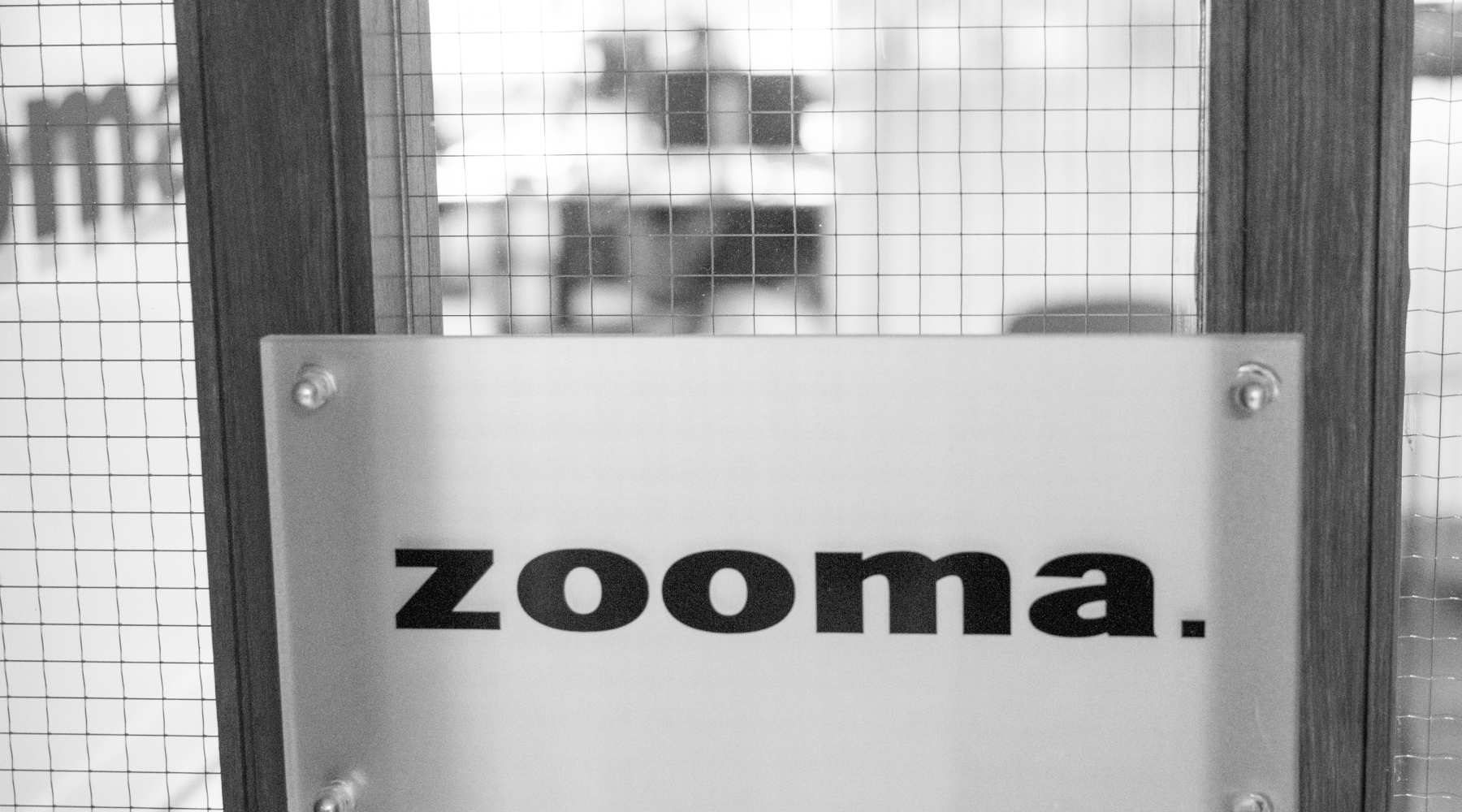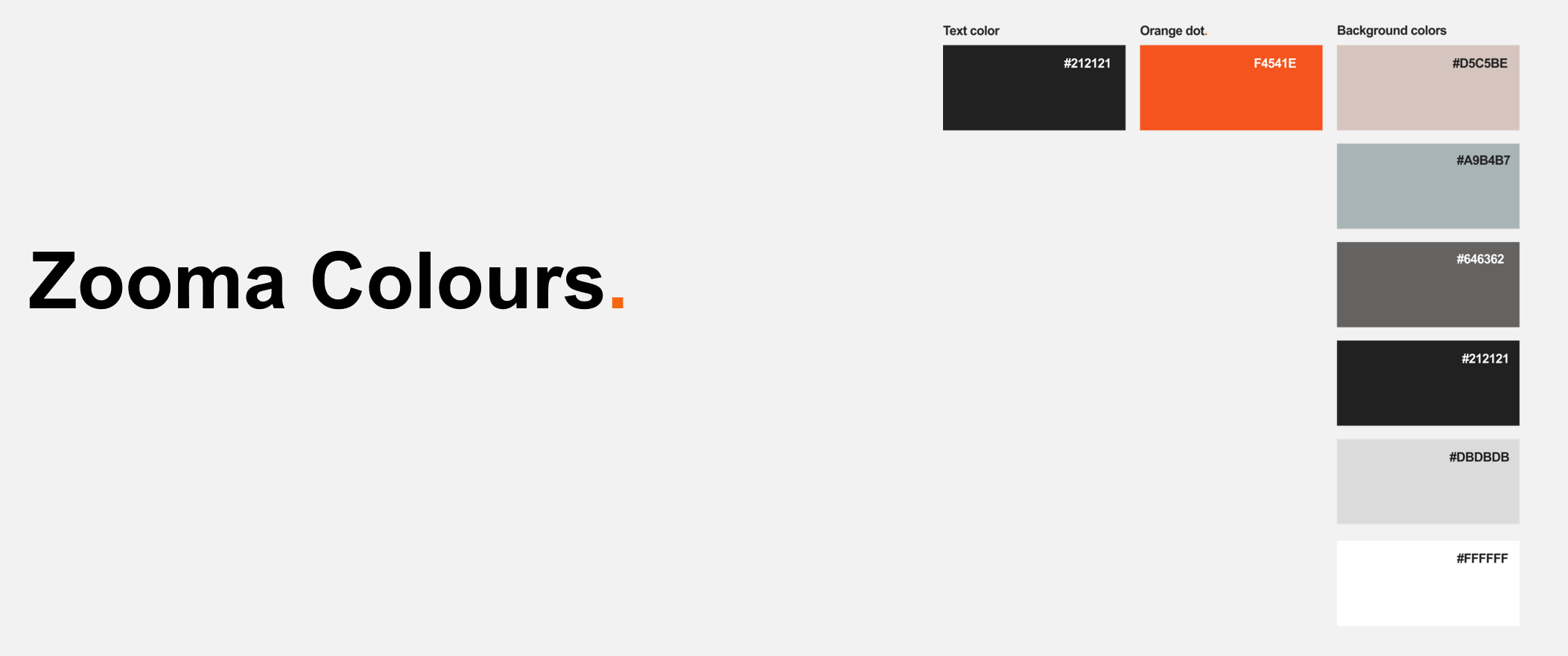- Learn
- The Onlinification Hub
- Brand Identity: The art of thinking and doing
Brand Identity: The art of thinking and doing

The terms 'brand' and 'logo' are often muddled and used interchangeably. However, whilst a logo serves as a business emblem, it doesn't encompass the entire brand essence. Designing a logo is the first step in forging a robust brand identity. In a landscape bursting with businesses vying for uniqueness, a potent brand becomes paramount for firms to distinguish themselves from competitors.
If you're keen to mould or refine the brand identity of your enterprise or a client's, it's crucial to grasp the intricacies of a brand and brand identity, and the intricacies of their formation.
Should you aspire to evolve or shape the brand identity for a client or your venture, it is fundamental to comprehend what constitutes a brand and brand identity and the process involved in their creation.
Defining brand identity?
Brand identity embodies your brand's ethos, values, how you articulate your offerings, and the emotions you aim for your target audience to feel when they engage with your brand and organisation. It is fundamentally the character of your business and a pledge to your clientele.
Historically, 'brand' originated from the marks cattle ranchers used to differentiate their livestock. But the idea of a brand has since broadened, transcending just a name or emblem.
Your brand epitomises the unique attributes that set one company apart from another. Generally, a brand encompasses a name, slogan, logo or symbol, design, brand voice, and more.

Brand identity is the aspect of branding focused on your brand's persona and the values it conveys to your prospective and current customers. It's not merely about crafting the right logo but sculpting a persona that reflects the essence of your brand's core. The most captivating brand identities seamlessly traverse digital landscapes and naturally engage with customers.
Significantly, your offering imprints on customers long past their purchasing moment. Crafting these imprints is the art of brand identity.
The significance of brand identity
As the embodiment of nearly everything your company stands for, brand identity can captivate potential customers and nurture brand loyalty. Thus, its significance in business success cannot be overstated.
If you wish for your brand to transcend its logo, how might you emulate the winning tactics of illustrious brands and weave unique threads into your company's tapestry? Let's delve into the elements of well-constructed brand identities and their importance.
The facade of your company
Your logo is the facade of your company. Beyond mere aesthetics, it should also contribute meaningfully to your brand identity.Credibility and trust
Your brand identity lends gravitas to the market, cementing your brand's place in memory. Brands with a consistent presence earn respect amongst peers and customer trust over time.
Advertising and impressions
Brand identity serves as a blueprint for every promotional endeavour. Brands with a consistent image and strong credibility are primed for self-promotion, forging favourable perceptions amongst existing and potential customers.

Attracting and retaining customers
A formidable brand identity magnetises those in tune with your brand's message. Once on board, these customers find a sense of belonging in the same brand identity. Quality products may draw customers in, but a meticulously curated brand keeps them engaged and promotes brand evangelists.
Elevating your enterprise into a recognisable and cherished brand requires substantial effort. Nonetheless, the ensuing steps can guide your journey in forging a formidable brand identity. While these steps might seem intuitive, their execution demands persistence and meticulousness.
Developing a brand identity
When formulating a robust brand identity, kick off with in-depth research and clarify your understanding of the following five core elements:
1. Audience Understanding It's a given: different folks want different strokes. Grasping what your target audience seeks from your brand is pivotal to forging an identity they'll resonate with and cherish.
2. Unique Selling Proposition (USP): What sets your brand apart in a crowded market? Understanding your unique edge over competitors is fundamental to creating a brand that stands its ground.
3. Brand Mission: While you know what your business offers, a concise mission statement laying out your purpose, vision, and goals is indispensable. Modern consumers gravitate towards brands that align with their values, so seek meaningful collaborations with like-minded entities.
4. Personality: Infuse personality into your brand's visual and auditory elements. Consistent typography, colours, and voice present a unified brand and instil trust.
5. SWOT Analysis Dive deep into your brand's Strengths, Weaknesses, Opportunities, and Threats. This age-old tool offers invaluable insights to bolster your branding efforts.
One of the essential things to consider when building brand identity is how your messaging resonates with your target audience. Start by discovering your target audience's pain points and challenges, and communicate how your company or product helps solve them.
You might have a nice logo and eye-catching copy, but building a solid brand identity will be challenging if it doesn't address your customers' pain points and challenges clearly and effectively.
Once you know your company and business inside and out, it's time to bring your brand to life. The design is a silent ambassador of your brand; here, I suggest what you'll need to know and prioritise:
The visual facet: Logo and design consistency
Your brand's logo isn't just a decorative element; it's a beacon of your identity. From LinkedIn to business cards, its omnipresence demands an unmistakably 'you' design. While the logo is central, your brand's overall visual harmony is shaped by:

Consistency and familiarity
Beyond the logo, every product, packaging, or service should sing the same brand tune, ensuring a cohesive experience for your audience.Colour and typography
A distinct colour palette paired with consistent typography anchors your brand's visual identity.
Your chosen font and typography shall be a consistent logo, website, emails, and any documents your company creates. The most successful brands keep the same typeface and typestyle throughout their company.
Templates
Use brand-aligned templates for all external communications, reinforcing a professional image.Flexibility
- While consistency is vital, adaptability ensures you remain relevant and fresh.
Document
One way to ensure that your company sticks to the branding policy is to create brand guides documenting your brand's do's and how to do so.
Integrate language
When you've established your brand within your company and taken all the necessary steps to use it, you're ready to integrate it within your contacts and target audience.
One of the best ways to integrate with them is to provide quality content because your content is your brand. Every piece of content you publish defines your brand. So, relevant content, relevant brand.
Voice, Content, and Emotional Connection
Effective branding isn't just about visuals. The language you employ and the content you produce speak volumes. Here's how to fine-tune that voice:
Language and tone of voice
Adopt a language and tone that mirrors your brand's ethos. Whether it's formal or laid-back, ensure uniformity across all platforms.Narrative and emotion
Relevant stories evoke emotions, paving the way for lasting connections.Engagement through social media
Engage with your audience directly on social platforms, fostering brand loyalty.Mistakes to avoid
Even with impeccable branding strategies, a few missteps can throw you off course:
Mixed messages
Ensure clarity in your brand messaging.Don't copy your competitors
Draw inspiration, but always infuse your unique touch.Keep consistency between online and offline
Your online and offline branding should be harmonious.Smart scaling
As you expand, avoid chasing fleeting trends. Stay true to your brand's essence.Monitor your brand
Regularly monitor your brand's health. Employ surveys, interviews, and social media discussions to gauge public sentiment and recalibrate your branding strategies accordingly.
Use, e.g., surveys, interviews, SoMe comments and discussions to monitor your brand to get a sense of how people talk about, think and interact with you. This will allow you to implement the needed changes to your brand — whether to correct a mistake or improve the brand identity.
My main three tips are to test, learn, and optimise. First, make sure you know what sets your brand apart from your competitors and communicate that in a way that builds trust. Then, if your product lives up to the hype you create, you'll start to build momentum with customers who believe in your brand.
Creating an extraordinary brand demands consistent use of colours, images, tone, and language, and it's worth it. When customers instantly recognise you and what you stand for, you've become more than just a name; you are a brand based on your logo.
To learn more about branding and its effect on your customers and prospects, download our free guide to brand loyalty below and look at our extensive guide to branding your business in the 'Learn' section.
Keep updated on thoughts, facts and knowledge!
Related
-
By Anders BjörklundBridging B2B brand awareness and conversions
-
By Yvonne EhingerBe the brand experience conductor for digital natives
-
By Joel HernestålImage vs Reality: Make the image never lie
-
By Per-Henrik PerssonHow to pull off the perfect photo/video production
-
By Anders BjörklundWhy your online identity matters
-
By Stellan BjörnesjöBranding mistakes: Reflections after buying a car




.jpg)
